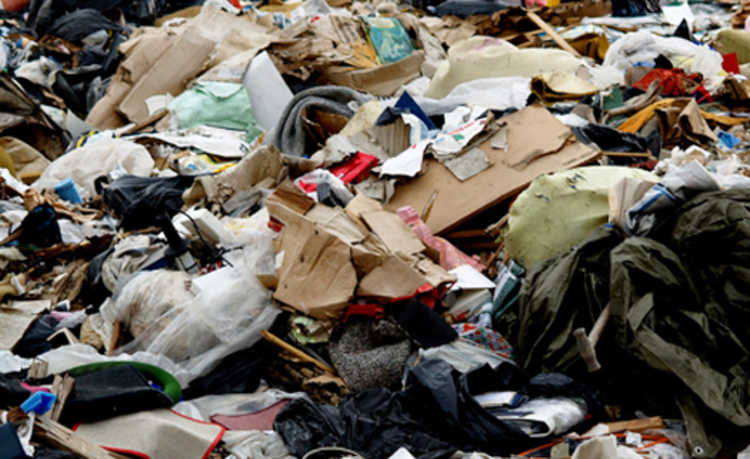Is fluorine bad? Understand what it is and find out about alternatives
Fluoride has action against cavities, but it can also be harmful

Edited and resized image by Joshua Hoehne is available on Unsplash
Nowadays, it is common for us to buy a product without knowing what the substances that compose it are for or if they can pose any health risk. An example is fluoride - commonly found in toothpaste, it helps, as the advertisements do not tire of saying, in the control of tooth decay. But is it only in toothpaste that it is found? And fluoride is bad for your health?
what is in fluor
Fluoride, also known as fluoride (fluorine, in English), is a very reactive chemical element. For this reason, it is never found in its elementary form. It is present in many places, such as treated water, food, soil, air, natural and industrial products and popular toothpaste.
Fluoride is in all of the general purpose toothpastes that are on the market. The initial fluorine concentration should be between 1000 ppm and a maximum of 1500 ppm. The fluoride in toothpaste plays an important role in cleaning and controlling cavities.
Fluoride acts on teeth making them more resistant to the action of bacteria, but this defense is limited and its efficiency varies depending on how much sugar is ingested in the diet.
State and federal governments in Brazil, in order to combat caries, began to add fluorine to public water supplies. Thus, the entire population, even the most deprived, can have access to fluoride. This considerably reduced the incidence of caries in the population.
The ingested fluoride is absorbed and most of it goes to the bones and teeth. It is estimated that the average amount ingested daily is 0.2 to 3.1 mg for adults and 0.5 mg for children.
Excess fluorine
The success of fluoride in the past in controlling caries in the population has become a matter of concern on the part of some researchers. The presence of fluoride in drinking water can cause some health problems in the population, especially in children, where excess fluoride can cause dental fluorosis.
Dental fluorosis is a process of malformation of the enamel, due to excess fluoride ingested during tooth development; in the case of permanent dentition, the period is from one year to seven years of age. In milder cases, dental fluorosis is characterized by opaque whitish stains and, in more severe cases, by brownish stains, with loss of tooth strength, which may lead to fracture.
Currently, a way to make exposure to fluorine more beneficial, reducing caries, but avoiding harm to health is being discussed.
Another relevant point that some studies have concluded is that fluoride, in certain doses, can alter endocrine functions, especially in the thyroid (gland responsible for producing important hormones linked to growth and metabolism) - this fact showed that further research is needed in the area to that there is more clarification on the risks of fluoride.
Concern about excessive intake of fluoride led to the creation of standards for addition in drinking water treatment. This is ordinance 518/04, which establishes the maximum amount allowed for the insertion of fluorine in water.
But it doesn't stop there, as several other products contain fluor: teas, baby cereals, industrialized dried chicken, fish and seafood. For this reason, it is worth checking the packaging to see if there is addition of fluorine in the product. It is known that the danger is due to its high intake. Therefore, avoiding some products that contain it can be a beneficial measure.
Alternatives
Despite the uncertainty of a conclusion to know if fluoride is bad or not, especially for those also concerned about their dental health. Instead of buying your own toothpaste, how about making your own yourself? See how in "Homemade Toothpaste: See How to Make Natural Toothpaste". But if you are not willing to make your own fluoride-free toothpaste, don't worry, with a little dedication you can find brands that manufacture fluoride-free toothpaste, mainly on the market online.
Another point is to avoid the consumption of products that contain the added fluoride, unless indicated by a doctor. Food and water consumption already provide all the fluoride needed for the body to function properly.
To reduce the fluoride in the water you can make solarized water, a technique that allows this element to evaporate, making the water more alkaline and healthier. Understand how to do this in the article: "How to make alkaline water?".
The debate over the benefits and harms of adding fluoride to water continues. The important thing is to have a judicious view and be aware, because the statement "the more fluorine the better" is not valid - the ideal is that the balance point in the use of this substance is found.
dclea










